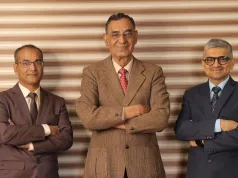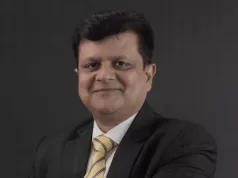Government is buying 10,000 electric cars from Tata Motors. This is to replace its petrol and diesel variants.
Presently, the total number of vehicles used by government agencies is around five lakh.
Tata’s cars will replace government cars over the next three to four years.
Welcoming the initiative, Guenter Butschek, CEO & MD, Tata Motors said, “Tata Motors is extremely proud to partner with the Government of India in its journey to facilitate faster adoption of electric vehicles and to build a sustainable India.”
He said Tata Motors has been collaboratively working to develop electric powertrain technology for its selected products.
The latest government order provides the opportunity to participate in boosting e-mobility in the country, he said, adding that it will accelerate company’s efforts to offer full range of electric vehicles to the Indian consumers.
Two other car makers Nissan and Mahindra & Mahindra had also bid for the contract.
Tata Motors emerged as the lowest bidder in a bidding process for the contract.

The decision to go for electric cars has been taken to curb carbon emissions and energy demand.
Tata Motors Limited, a USD 42 billion organisation, is a leading global automobile manufacturer of cars, utility vehicles, buses, trucks and defence vehicles.
As India’s largest automobile company and part of the USD 100 billion Tata group, Tata Motors has operations in the UK, South Korea, Thailand, South Africa, and Indonesia through a strong global network of 76 subsidiary and associate companies, including Jaguar Land Rover in the UK and Tata Daewoo in South Korea.
In India, Tata Motors has an industrial joint venture with Fiat.
Engaged in engineering and automotive solutions, with a focus on future-readiness and a pipeline of tech-enabled products, Tata Motors is India’s market leader in commercial vehicles and among the top in passenger vehicles with 9 million vehicles on Indian roads.
The company’s innovation efforts are focused on developing auto technologies that are sustainable as well as suited. With design and R&D centres located in India, the UK, Italy and Korea, Tata Motors strives to pioneer new products that fire the imagination of GenNext customers.
Abroad, Tata cars, buses, and trucks are being marketed in Europe, Africa, the Middle East, South Asia, South East Asia, South America, Australia, CIS, and Russia.
India’s passenger mobility shared, electric, and connected can cut the country’s energy demand by 64 per cent and carbon emissions by 37 per cent in 2030.




















